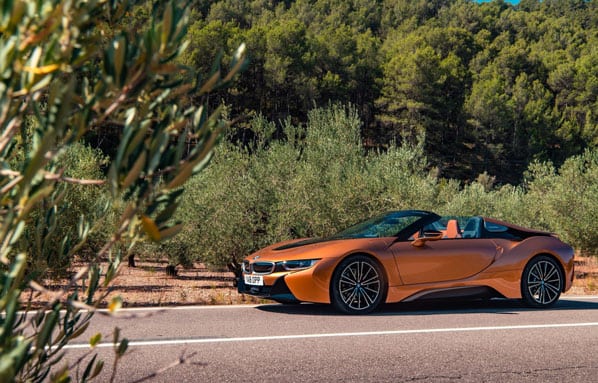
With the average house price in the UK being around £226,000, the luxury car market appears to be going in a similar upwards direction.
Jack Evans, Press Association motoring correspondent road tests the new BMW i8 Roadster, which is thought to have a guide price around £136,000.
The drop-top version of BMW’s instantly recognisable hybrid sports car is now on sale. Jack Evans heads out to Valencia to see what it’s like.
What is it?
That’s right, it’s finally here. After years of teasers, reveals and promises, we’re finally behind the wheel of the BMW i8 Roadster. A soft-top version of the iconic hybrid sports car, the Roadster is aimed at those who want the wind in their hair when piloting one of the most futuristic looking vehicles available.
It’s also able to offer genuinely low running costs and emits next to nothing, but can that help the i8 Roadster to top the bill when it comes to performance drop-tops? Let’s find out.
What’s new?
The biggest change here is, of course, the lack of a roof. BMW has whipped off the i8’s top and, because of its predominantly carbon-fibre underbody, it hasn’t had to laden the car down with additional strengthening.
That means the Roadster’s weight stays down, and as a result it’s just 60kg heavier than its hard-top brethren. The roof mechanism itself is clever too, taking just 15 seconds to raise or lower at speeds of up to 31mph. The exterior of the car has also been lightly breathed upon to freshen its looks, though we’ll come to those in more depth later.
What’s under the bonnet?
The i8 Roadster makes use of exactly the same powertrain as the regular i8, so you’ll find a 1.5-litre three-cylinder turbocharged petrol engine linked to an electric motor. The combustion engine powers the rear wheels via a six-speed automatic transmission, while the electric motor powers the front wheels through a two-speed automatic ‘box.
BMW has also increased the car’s battery cell capacity, so while you still get 369bhp and 570Nm of torque, the Roadster can still travel up to 33 miles on electric power alone. Both units combine to offer the best performance possible, with the electric motor filling in the gaps of the petrol’s power delivery. Thanks to this, 0-60mph takes just 4.4 seconds, and it can a top speed of 155mph too.
What’s it like to drive?
Usually when converting a regular hardtop into a convertible, you’d expect a significant penalty to the way the car drives. Lopping the roof off usually requires additional bracing to stop the car from flexing too much, and this adds weight, therefore blunting the vehicle’s performance. However, as we mentioned, the i8 Roadster hasn’t suffered too much with the conversion, with a negligible amount of weight added. This means that it steers just as keenly as the Coupe, and manages the weight it does have impressively well through the corners.
Push the i8 Roadster a little harder and it does fall into understeer, the front tyres scrubbing wide with little effort. We’d also like the brakes to be sharper; currently they feel underpowered and vague, leaving you guessing as to how much pedal force you need apply at any given moment.
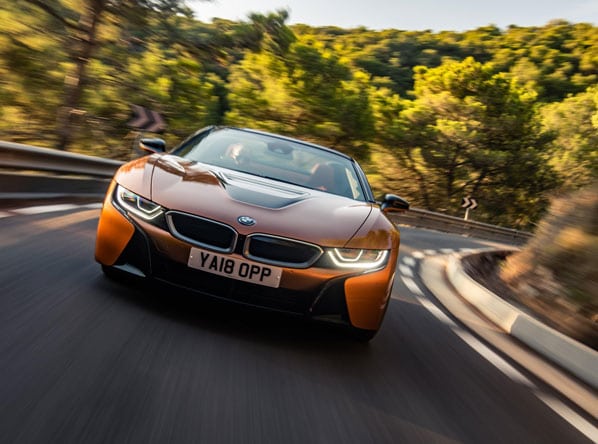
How does it look?
The regular i8 still looks like nothing else on the road, despite having been around for some time now. The Roadster, in our eyes at least, looks even better – particularly in the ‘E-Copper’ colour our test car was finished in. The bubbles behind driver and passenger have been accentuated, giving it the look of a 1950’s racer, while the two-tone alloy wheels fitted to our test car stood out too.
The front of the car has benefited from some additional design touches too. There are revised air ducts finished in gloss black, while the headlight’s look has been updated as well. It’s still the i8 motoring fans know and love, just turned up a little bit more.
What’s it like inside?
The i8 Roadster’s interior remains largely unchanged over the Coupes, though it does benefit from the addition of a few new colour and material combinations. It’s still a well-made place to be, albeit one that is starting to feel its age a touch now; the screen, though clear, isn’t quite as pin-sharp as rival systems while the multifunction steering wheel hasn’t got the features you’ll find on other current BMWs.
The Roadster, does however, have practicality on its side. Though soft-tops are usually the less spacious option, this i8 packs more luggage space than its hard-top stablemate. In fact, you’ll find 188 litres of storage space in the Roadster – close to 35 litres more than the Coupe.
What’s the spec like?
Prices for the i8 Roadster start at £124,735, there’s plenty of equipment included as part of that base price. You get 20-inch alloy wheels, for instance, and full leather upholstery too, while a suite of safety assistance systems such as forward collision warning, city collision mitigation and high beam assistant all help to keep the Roadster as safe as possible.
It can be easy to ramp up the car’s price however. Apple CarPlay, for instance, is a £235 optional extra – which seems a little mean given it is standard on the majority of hatchbacks currently on sale today. Our test car weighed in at a hefty £135,075, with options such as LaserLight headlights (£5,100) contributing to its rather chunky price tag.
Verdict
BMW already claims that the Roadster will outsell the Coupe three to one – and we’d we can already see that being the case. There’s little reason why you wouldn’t go for the soft top; it’s quick, great to look at and its roof mechanism is simple and easy to use. The hybrid powertrain keeps running costs to a minimum, yet despite there’s a whole lot of performance accessible under your right foot. It’s an impressive car alright, and one you’d likely never tire of driving.
Facts at a glance
- Model as tested: BMW i8 Roadster
- Price: £135,810 (E171,390)
- Engine: 1.5-litre turbocharged petrol linked to electric motor
- Power: 369bhp
- Torque (Nm): 570Nm
- Max speed (mph): 155
- 0-60mph: 4.4
- MPG: 141.9
- Emissions (g/km): 46
Footnote: Alternatively, at McCarthy Holden why not search for a fine property investment.




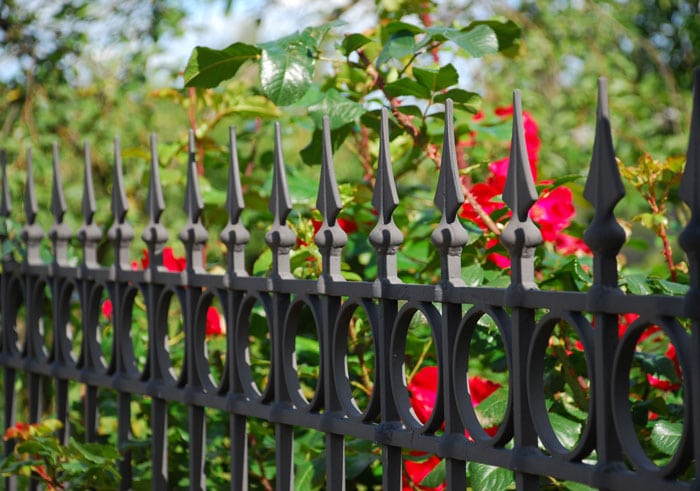






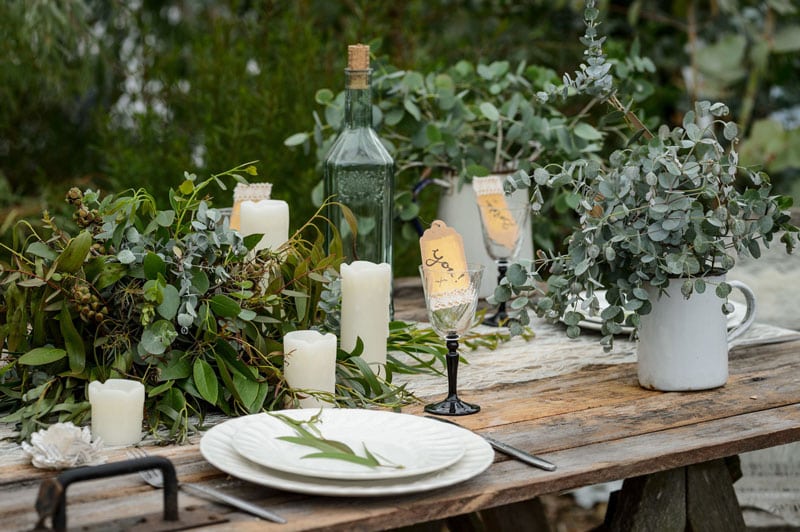
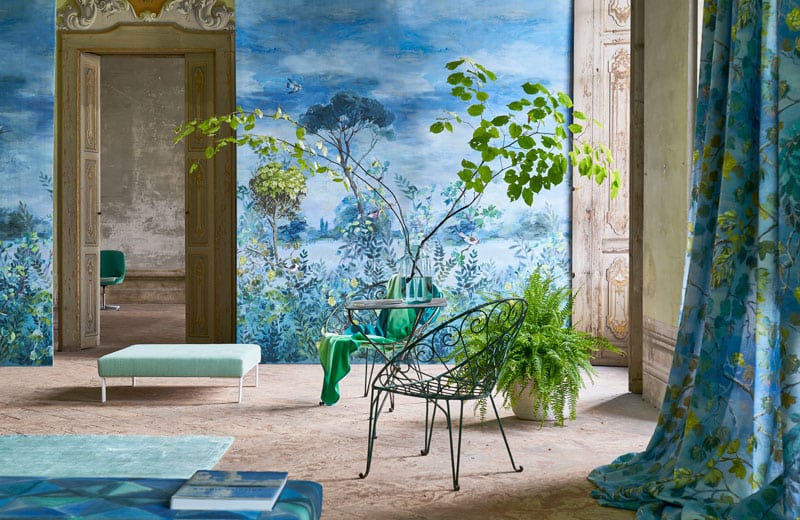




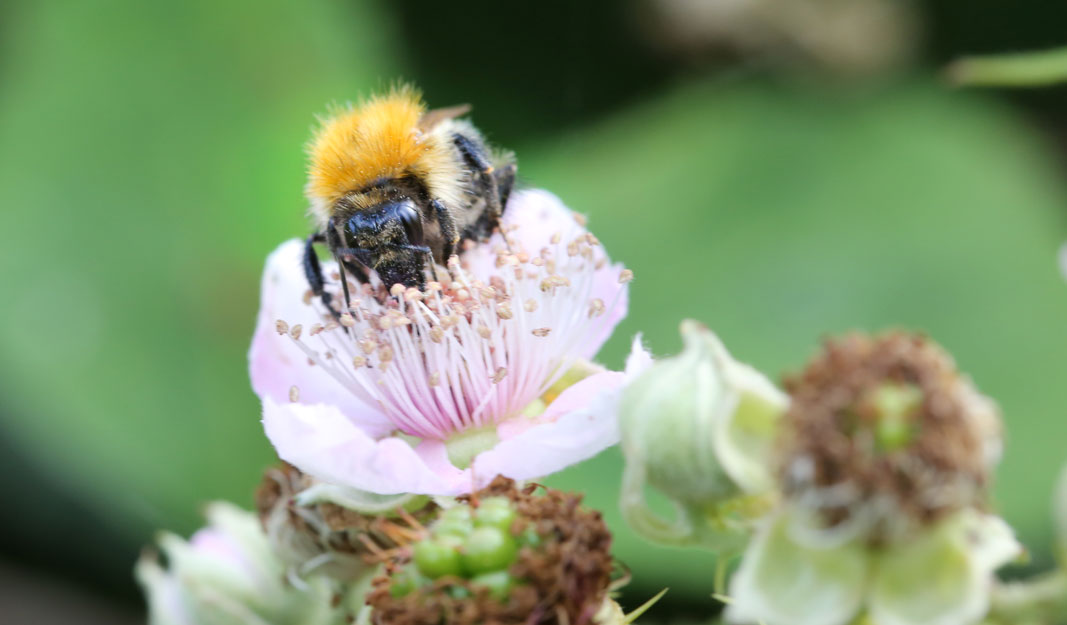

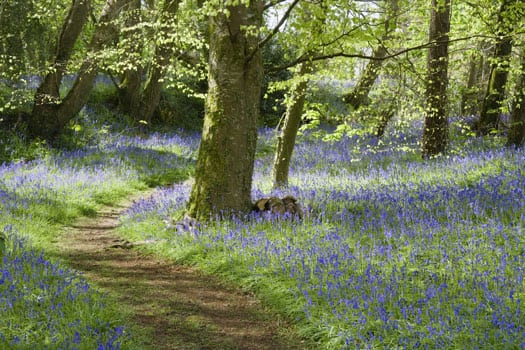

 Before the Winter Games were established as their own separate event, the London Summer Games in 1908 actually included figure skating, making it the oldest official Olympic sport and the only event in which women could participate from the very beginning.
Before the Winter Games were established as their own separate event, the London Summer Games in 1908 actually included figure skating, making it the oldest official Olympic sport and the only event in which women could participate from the very beginning. One of the oldest Olympic sports, Luge, which comes from the French word for sledge, sees athletes lying on their backs on a very small sled, and zipping down an icy track at around 140kmph – without brakes!
One of the oldest Olympic sports, Luge, which comes from the French word for sledge, sees athletes lying on their backs on a very small sled, and zipping down an icy track at around 140kmph – without brakes!








 Surely one of the grandest hues on the colour wheel, with its associations with royalty, wizardry and luxury, purple is the hot shade for 2018.
Surely one of the grandest hues on the colour wheel, with its associations with royalty, wizardry and luxury, purple is the hot shade for 2018.







 What is it?
What is it? What’s it like to drive? – BMW M5s of old had a reputation for being somewhat spiky to drive. This latest one has been designed to offer a little more traction – and it’s well and truly achieved this. Despite packing close to 600bhp, the M5 rarely feels out of control, instead offering a lot of balance and adjustability. The biggest factor in this is that all-wheel-drive system. There’s no doubting the car’s rear-drive-bias; when the system is set to allow a certain amount of slip, the M5 will fall into delightful mini-drifts, sliding you through corners without ever feeling like it’s going to spin around and bite you. Turn all the systems back on, and it transforms into a point-to-point weapon with all of the traction you could want.
What’s it like to drive? – BMW M5s of old had a reputation for being somewhat spiky to drive. This latest one has been designed to offer a little more traction – and it’s well and truly achieved this. Despite packing close to 600bhp, the M5 rarely feels out of control, instead offering a lot of balance and adjustability. The biggest factor in this is that all-wheel-drive system. There’s no doubting the car’s rear-drive-bias; when the system is set to allow a certain amount of slip, the M5 will fall into delightful mini-drifts, sliding you through corners without ever feeling like it’s going to spin around and bite you. Turn all the systems back on, and it transforms into a point-to-point weapon with all of the traction you could want.


